Why TDS Can Rise After the Tube Filter — and Why That’s a Good Thing
Understanding the science behind our KDF + Carbon “tube filter,” your TDS meter, and Aeratelle’s ~10 ppm target.
After reverse osmosis, Aeratelle Crystal Water reads ultra-low on a TDS meter (often 2–5 ppm). Then it passes our KDF + Carbon tube filter for a final taste polish—where TDS may rise to ~10–15 ppm. That uptick is expected, safe, and part of why Aeratelle tastes so clean and “alive.”
What’s going on inside the tube filter?
Aeratelle’s finishing stage uses a mixed-media tube filter: KDF (a copper-zinc alloy) plus granulated activated carbon (GAC). The KDF layer performs tiny redox reactions— converting chlorine into harmless chloride ions and binding metals like lead, mercury, and iron. Carbon then adsorbs organic compounds, odors, and leftover taste.
Redox creates trace ions. Because TDS meters measure electrical conductivity, those harmless trace ions (like a whisper of zinc or chloride) show up as a slightly higher TDS number—even though purity has improved.
KDF (redox)
GAC (taste polish)
20 µm sediment catch
Numbers you’ll typically see
Before tube filter: RO output around 2–5 ppm
After tube filter: finished water around 10–15 ppm
That small rise doesn’t indicate contamination; it reflects trace conductive ions generated during purification. It’s like the final polish on a gemstone—clarity you can taste.
Why Aeratelle targets ~10 ppm
Water at 0 ppm can taste flat and behave unpredictably in a sealed bottle. A gentle mineral footprint gives water structure, stability, and better mouthfeel. Paired with our 24–48 hr oxygenation in the Rockwell reservoir (the B-Stage), the C-Stage tube filter delivers a crisp, balanced profile that we’ve standardized at roughly 10 ppm.
FAQ: “Did my water get worse if TDS went up?”
Why would a filter ever raise TDS?
Redox reactions in KDF create a few dissolved ions (e.g., chloride or tiny traces of zinc/copper). TDS meters count ions via conductivity—so the number rises even though the water is cleaner.
Does carbon remove minerals?
No. Activated carbon targets organics, chlorine, and odor—not dissolved minerals. So if KDF adds a few ions and carbon doesn’t strip minerals, TDS can hold steady or gently increase.
Could a stagnant filter spike TDS briefly?
Yes. The first flush after downtime can rinse out residual ions. This normalizes quickly with steady flow.
Is ~10–15 ppm safe?
Yes. Those are trace, often beneficial ions. Aeratelle’s QC monitors taste, clarity, temperature, and TDS for every batch.
Bottom line
A post-filter TDS of ~10–15 ppm is a sign of craft, not compromise. The tube filter’s chemistry balances purity with natural conductivity, while our oxygenation step keeps the finish silky and fresh. It’s how Aeratelle turns clean water into living clarity.
Learn more about Crystal Water
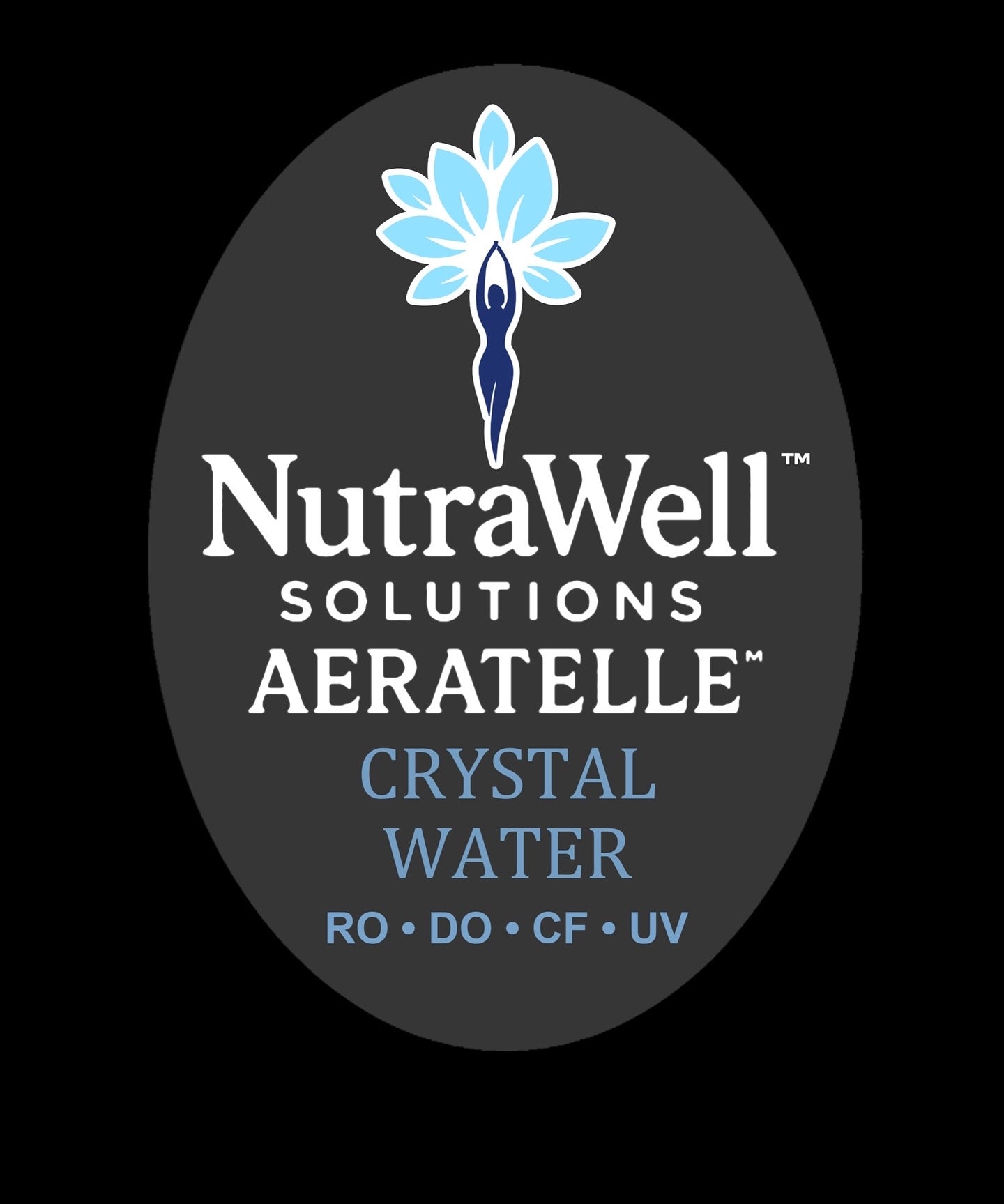
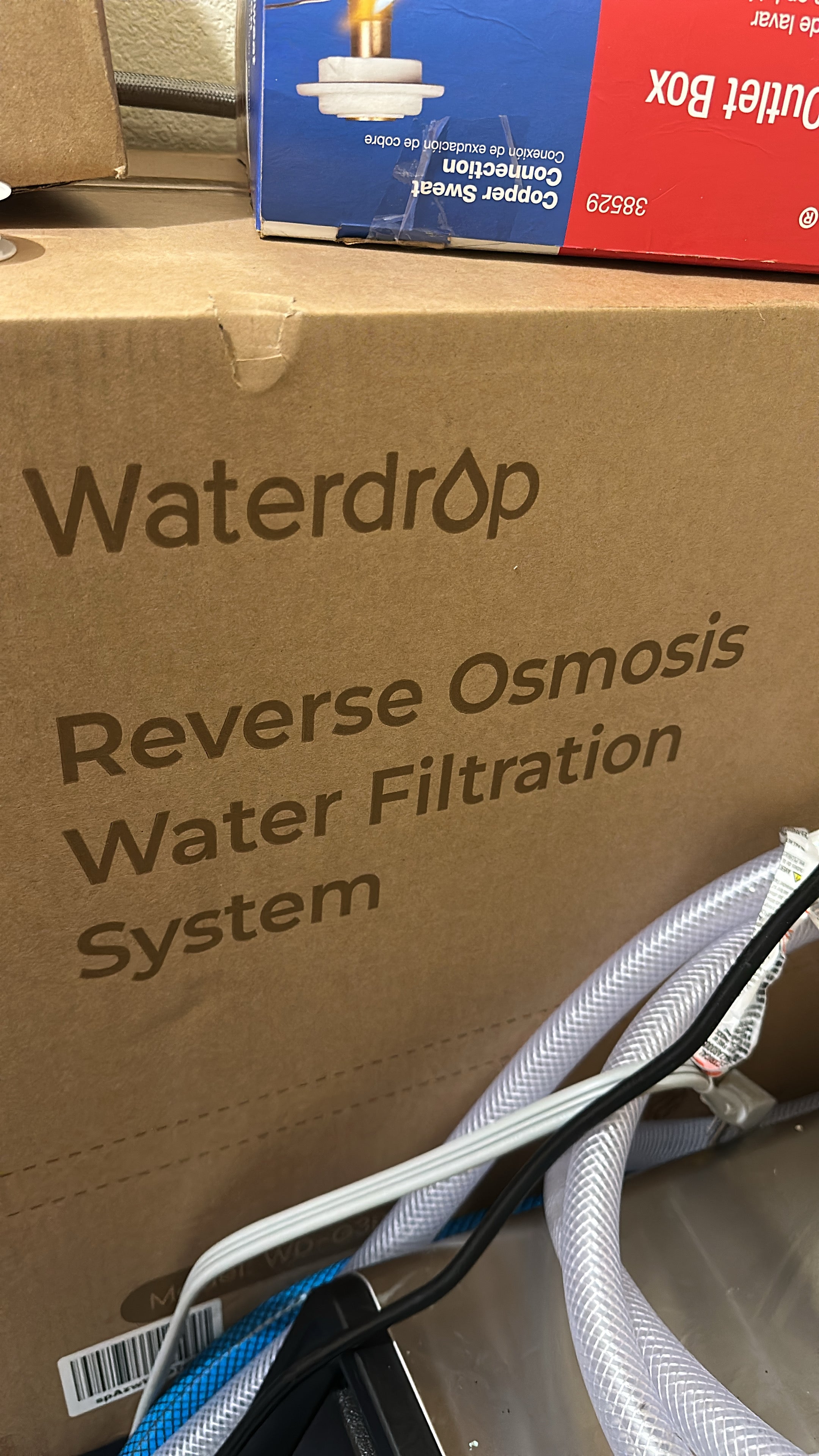
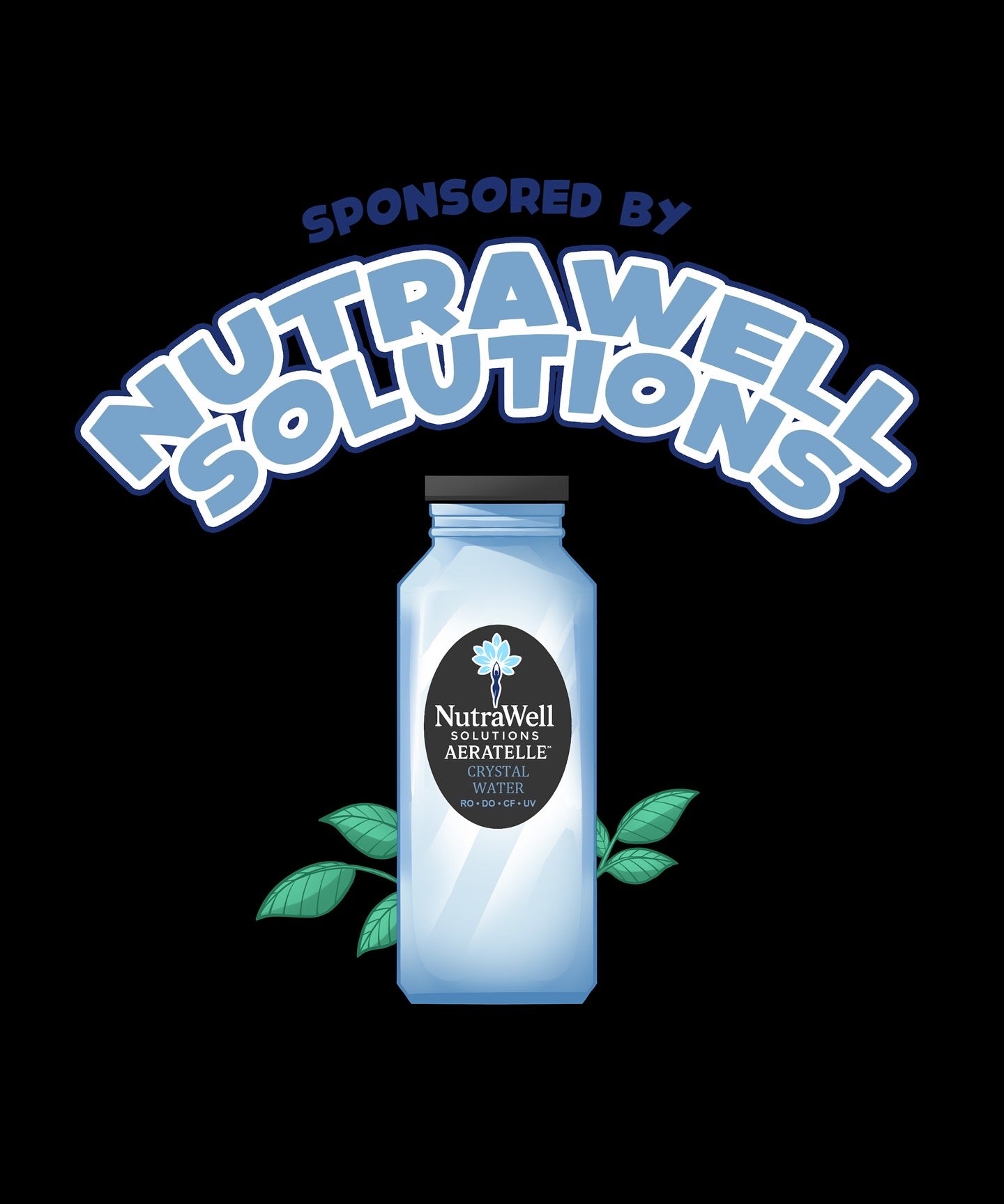
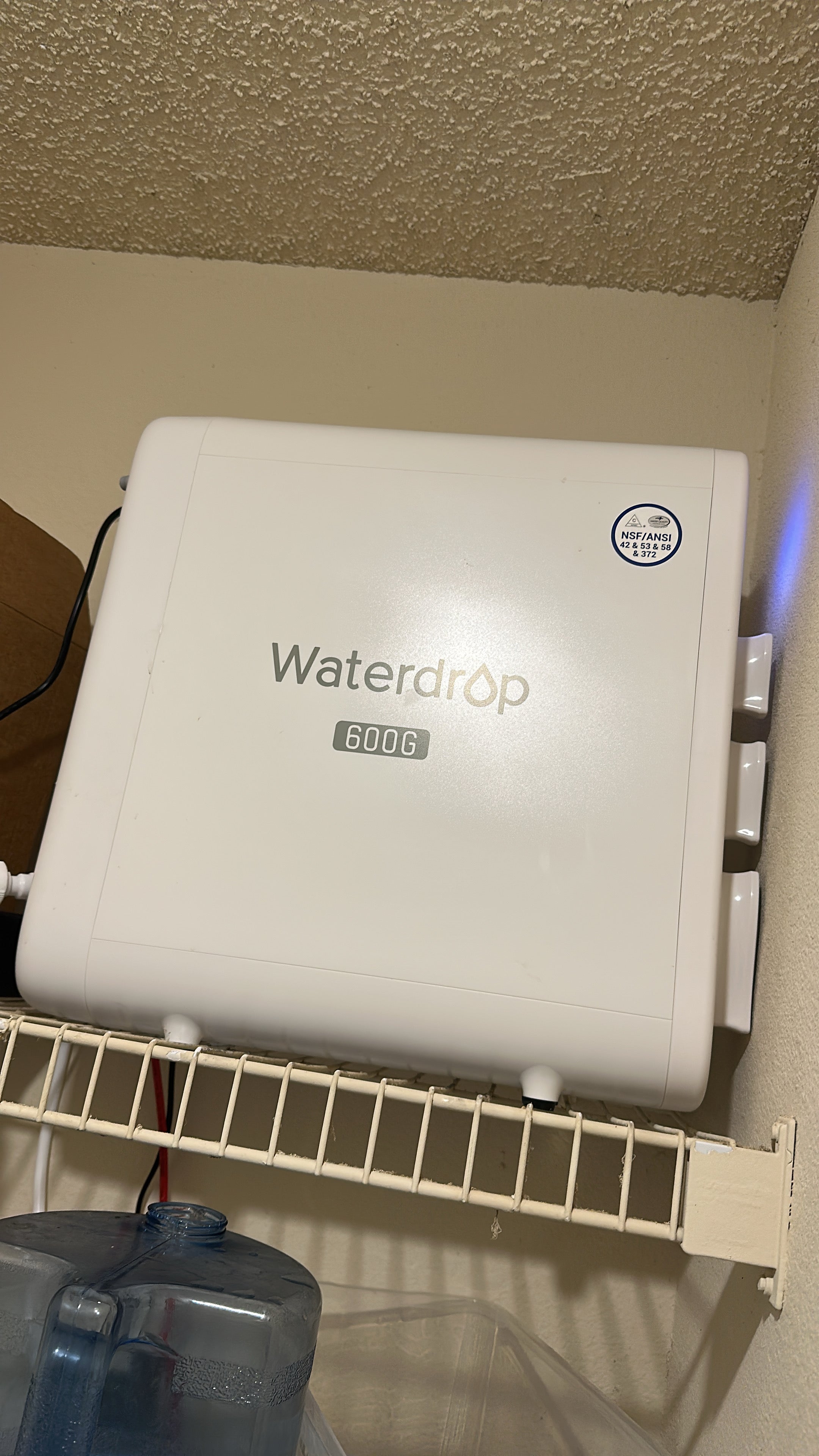
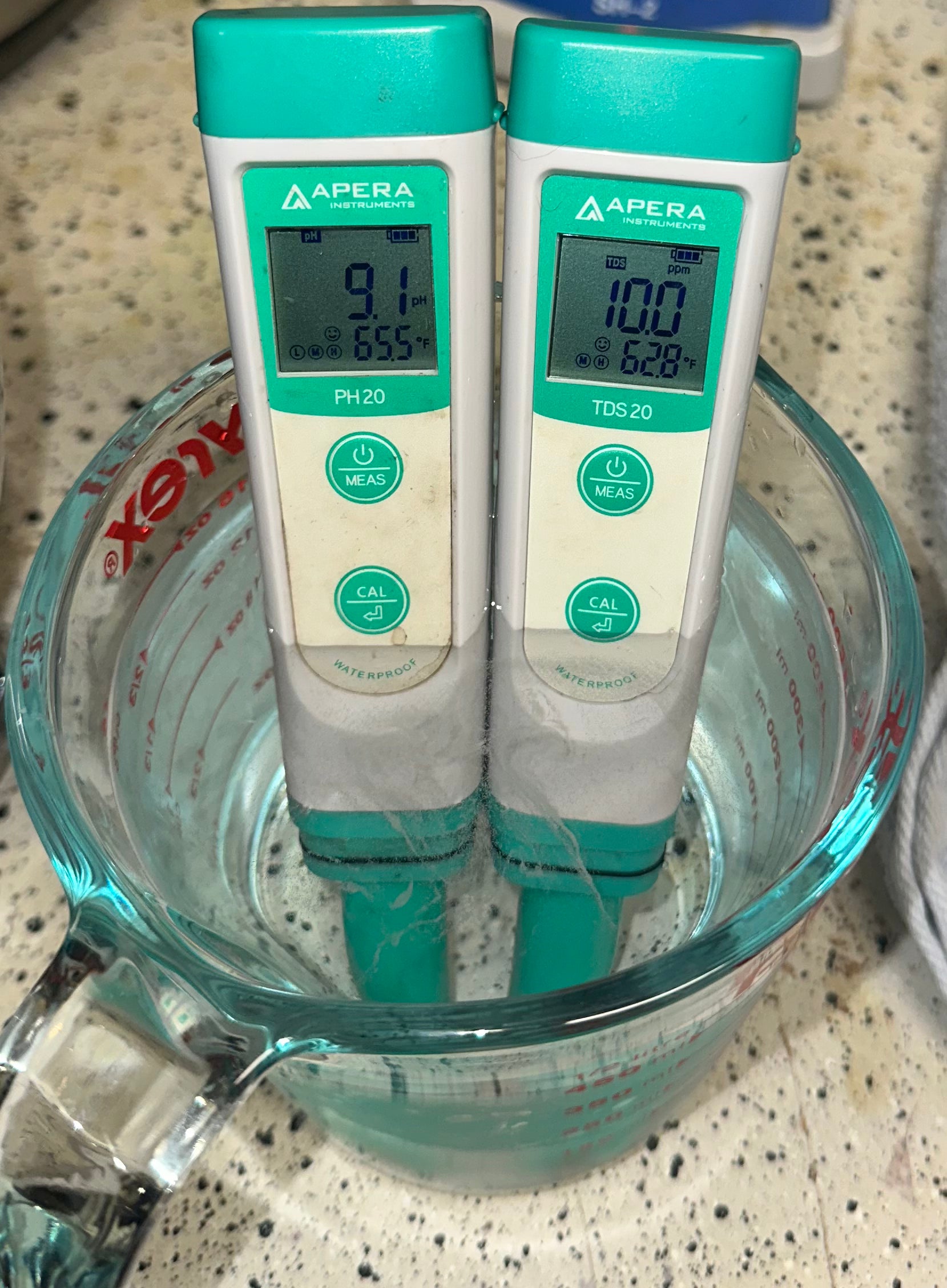




Leave a comment
This site is protected by hCaptcha and the hCaptcha Privacy Policy and Terms of Service apply.